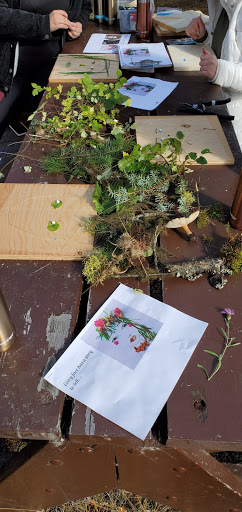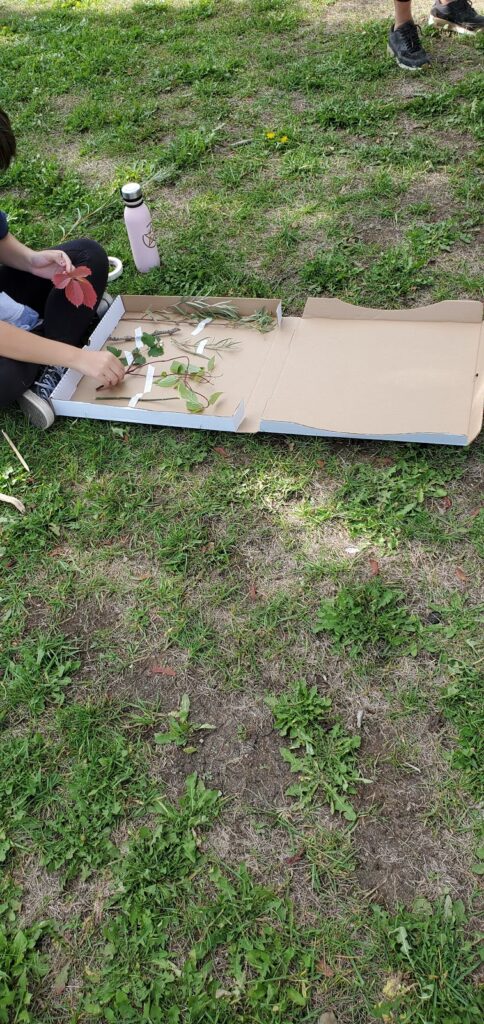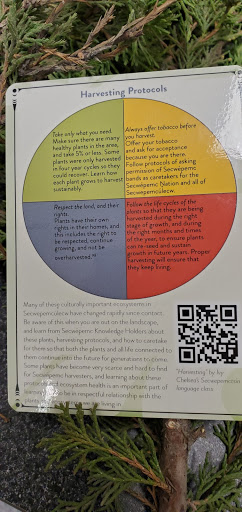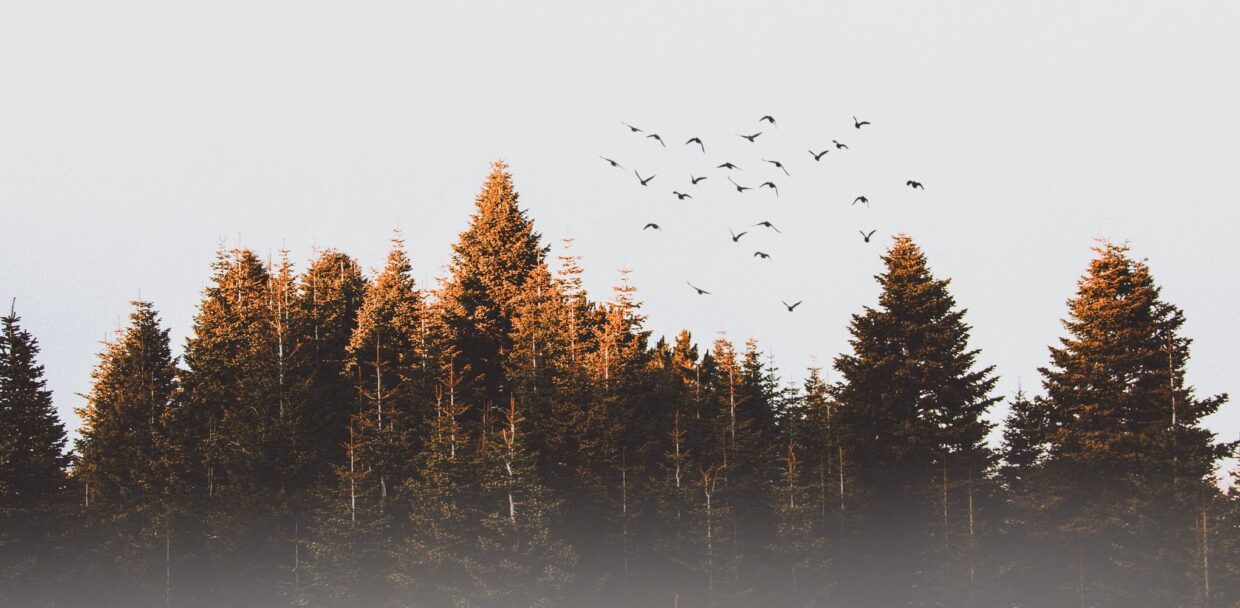This project was created collaboratively by Courtney Bruin and her colleague Lisa Bucher. They invited in their school district Aboriginal Resource Teacher, Trudi Nielsen, to take them on a nature walk and teach them about the different medicinal uses of the local traditional plants.
This assignment was designed to connect the principles of inquiry, creative and critical thinking, communication and collaboration, positive personal awareness and cultural identity and social awareness and responsibility.
Courtney Bruin

Courtney and Lisa’s class went outside on a nature walk with a local knowledge keeper who introduced them to different traditional plants around their school and taught them about the different medicinal uses of the plants. Students followed harvesting protocols taught to them from their knowledge keeper and collected different plants that they were interested in.
The class used pizza boxes and masking tape to help keep them organized and write down important notes out in the field. When they got back to the classroom, students used conversation with their knowledge keeper, traditional Secwepemc plant cards, research using First Voices, plant identification books and online research to help identify the common, Secwepemc, and scientific names of the plant.
Then the students unleashed their creativity and created “faces of folliage” using the traditional plants they collected.
Finally, students came up with a name for their “Nature’s Healer” and a story about the character’s healing powers based off of the traditional and medicinal uses of the plants used to build the character.
During this inquiry project, we delved deeper into our thematic inquiry questions:
1. Is nature healing?
2. How can the environment connect us to culture, language and each other?
Courtney Bruin

Over the course of the project, students were given the opportunity to:
- Learn about the Indigenous uses of medicinal plants and foliage within their local community.
- Get out on the land and collect samples of local, in-season plants and identify and label their scientific, traditional, and common uses.
- Study how to press and preserve their plants for future use.
- Design a three dimensional portrait of a character called The Healer, using plant samples as their medium. Think of it like a character in a role playing game (like D+D); the medicinal properties of the plants that they use in their design will determine their Healer’s special talents or attributes. For example, if they use a plant which is known for treating anxiety, the resulting character trait is that their character is “calm or peaceful.” They then give their Healer a unique name.
- Document their Healer’s medicinal properties and character profile (For example, create a key or legend, write a story, compose a paragraph, develop an infographic, make a video or slideshow, and/or give an oral presentation).
So just seeing our students kind of learn about the different properties of these plants and work with the plants and just get creative with them was healing in itself. Like it was just such a beautiful, well-rounded project that I just had to share.
Courtney Bruin

Although Courtney and Lisa’s project took place in a face-to-face group learning environment, the individual component using First Voices and research would also be achievable from students’ homes. This project could be adapted to support online or blended learning needs as well. For example, students could complete the outdoor component of the project as a group and carry out the classroom component using collaborative online communication platforms.
